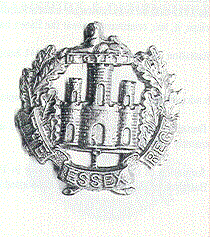

RADFORD, Arthur
Private 8589
ESSEX REGIMENT, 1st Battalion
88th BRIGADE, 29th DIVISION
BORN ABBERTON
Son of Walter & Emma Radford. 3 The Terrace, Abberton, Colchester Essex
Died Friday, 7th May 1915 aged 25
Arthur was from quite a large family; he had three older brothers Maurice, Percival and Alfred. There was a younger brother, Walter, and two younger sisters Maud and Eva. His younger brother, Walter was born in 1898 and joined up as well, to serve in the Machine Gun Corps. He served initially on the Western Front and later the Middle East. He was wounded as was another brother Alf.
Arthur was a regular soldier. He enlisted at Warley Barracks between the 5th and 24th March 1906. He served with G Company of the 2nd Battalion at home, before being drafted to the 1st Battalion in India on the 13th November 1909. He may have remained overseas in India, Mauritius or South Africa before returning to the UK in October 1914. Conversely he may have spent a shorter time abroad and returned to the UK earlier to serve in the Reserves. He was then drafted with the 1st Battalion for the Gallipoli Campaign.
The 29th Division was formed from a number of regular Army Units, who had been based on garrison duties prior to the war. The 1st Battalion, the Essex Regiment formed the 88th Brigade along with the 1/5th Battalion, the Royal Scots, the 4th Battalion the Worcesters and the 2nd Battalion, the Hampshire Regiment. The Division was formed in the Midlands around Warwick, Nuneaton and Rugby, where the initial training was carried out. The Division sailed on the 16th March 1915 from Avonmouth and landed in Egypt two weeks later. They sailed to Mudros on the 10th April and ultimately landed on Gallipoli at Cape Helles on the 25th April 1915.

Arthur is extreme left back row with his hand on his friend shoulder. The picture is probably taken in India. The text on the back says :-
"Dear Mother, Just a line in answer to your letter and to let you know I am well as I hope it leaves you the same. Dear Mother I am sending you this photo it's not very good because it was taken in the sun. I have had some more taken. I will send you some more later on. Its very hot about here now."
The date of his death corresponds with the period of the early fighting to establish a beachhead at Gallipoli.
On the 25th April 1915, the 29th Division landed at Helles. The landings were on 5 small beaches in the vicinity of Seddul Bahr (see map in the Gallipoli section). The beaches were designated S, V, W, X and Y- beaches from South to North. At dawn some 5000 troops were landed by cutters and ship’s whalers, while a further 2000 troops tried to land from an old collier the River Clyde, which was beached at V- beach.
The 1st Battalion Essex Regiment went ashore with the 1st Battalion Lancashire Fusiliers into a hail of machine gun fire on W-beach, which also had barbed wire defences on the beach. The losses were appalling , the Lancashire Fusiliers lost over 500 men and were to win fame by being awarded 6 Victoria Crosses before breakfast that morning. By 0715 hours, the beach was in British hands. During the morning those on W-beach fought on and were able to clear the Turkish defenders from the hills overlooking the landing beaches.

The later phase of the landing on W Beach by the 1st Battalion Essex Regiment
The troops were too exhausted and had taken too many casualties to fight on after dark and so dug in to form a defensive line a short way inland.
The first battle of Krithia started on the 28th April 1915. At 2200 hours on the 2nd May, the Turks attacked the British and French. There was fierce hand-to-hand fighting throughout the night. The 1st Battalion Essex Regiment were committed to the line at this phase of the Battle. The French sustained very high casualties and the Turks losses are not known but the British lost over 700 men.
Arthur may have died from wounds in the above action but was possibly killed several days later in the Battle of Fir Tree Wood, where the 1st Battalion Essex Regiment were involved on the 7th May.
The 1st Battalion, The Essex Regiment went into reserve on the evening of the 5th May. However, they had little rest, as the next day the Brigade were once again ordered to push forward in an effort to occupy a line across the ridge one mile south west of Krithia.
At 11 am on the 6th May an attack was made by the Worcesters, Hampshires and Royal Fusiliers. The Essex covered the right flank and were under heavy fire all day. Progress was slow.
On the 7th May Turkish opposition became obstinate, so the Royal Scots were called upon to occupy Fir Tree Wood, as a preliminary movement and within an hour this had been achieved. At 1.30pm the Scots were forced to withdraw but at 5pm the Essex with Munsters and Borders moved forward again and seized the wood, held it and pressed on a further 300 yards.
On the 8th, the New Zealanders came through the Essex to consolidate the advance and were covered by fire from two Essex Companies.
Total casualties from this operation were 5 officers wounded, 15 other ranks including Arthur were killed and 137 wounded.
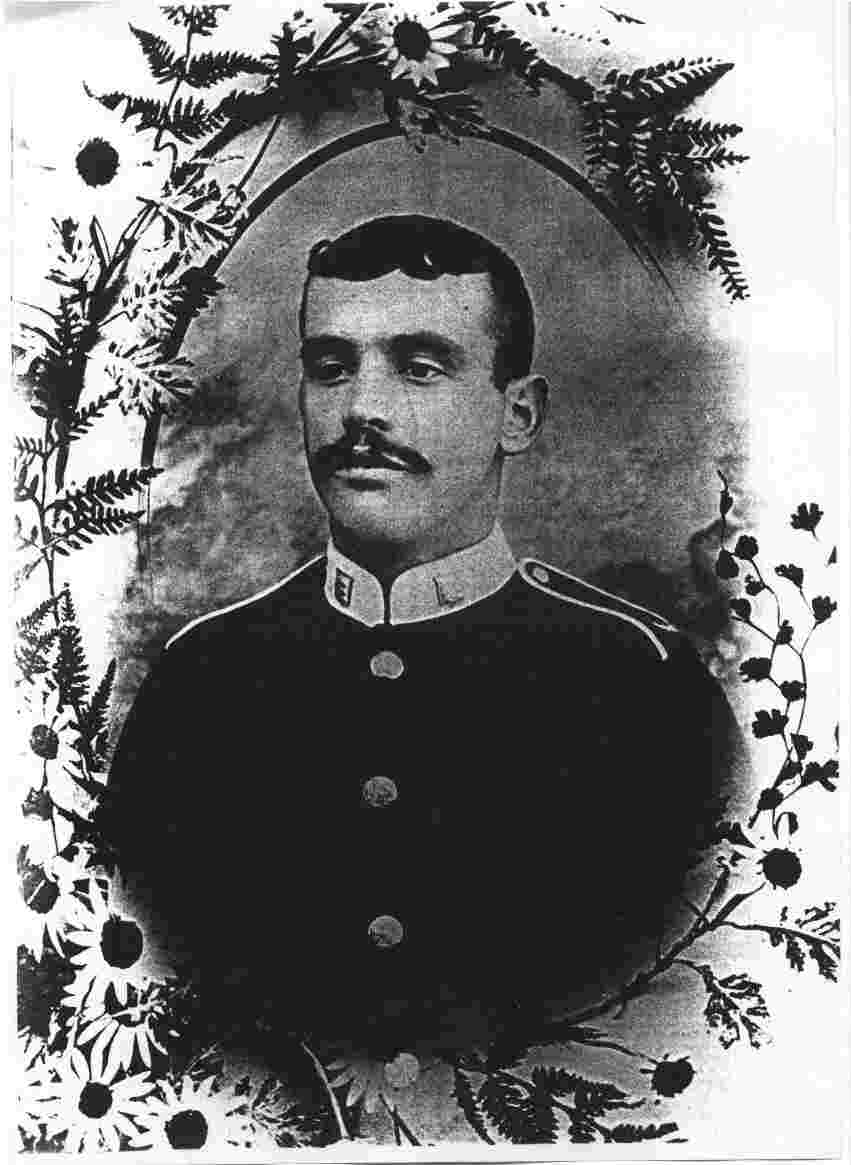
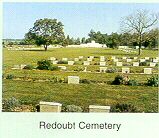
The Redoubt Cemetery is closest to where Arthur fell and he may possibly be one of the 2027 graves. Its name derives from the Redoubt Line- the front line of British and French trenches established in May 1915. It was started immediately after the second battle of Krithia in the rear of the support line.
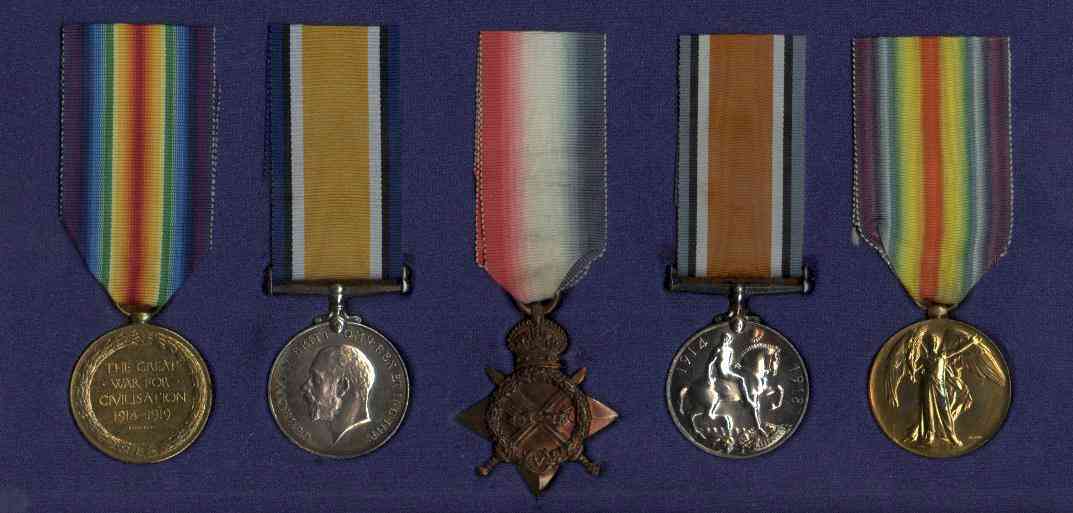
The 3 medals on the left belong to Arthur's brother, who also served in World War 1. The medals on the left are Arthur's Allied Victory Medal and the British War Medal. The family hold a letter from the Record Office (of the Essex Regiment) advising them of Arthur's award of the 1914-15 Star. This is for the Balkans campaign and was effective 25th April 1915, the date they landed in Gallipoli.
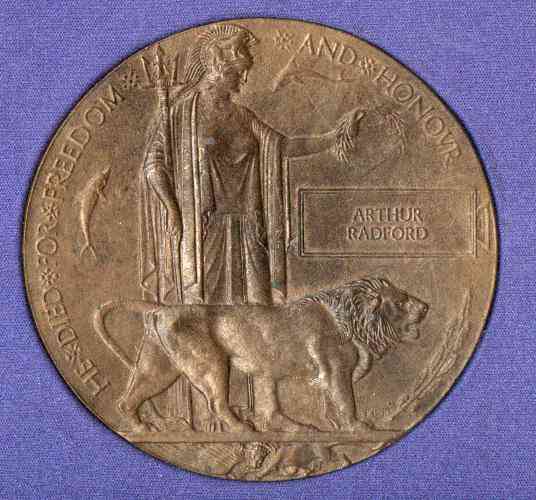
MEMORIAL HELLES MEMORIAL, TURKEY PANEL 144 to 150 or 229 to 233.
The Helles Memorial stands on the tip of the Gallipoli Peninsula. It takes the form of an obelisk over 30 metres high that can be seen by ships passing through the Dardanelles.
The Helles Memorial bears over 20,000 names and is both the memorial to the Gallipoli campaign and to men, who fell in that campaign and whose graves are unknown. Inscribed on it are the names of all the ships that took part in the campaign and the titles of the army formations and units, which served on the Peninsular. This memorial includes the names from the 13,000 unmarked graves in the various military cemeteries throughout the peninsular.
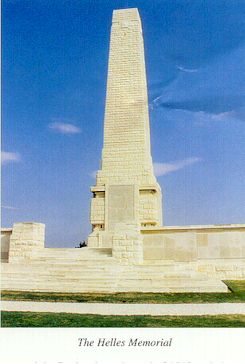

We know about two of his brothers, who also served, from letters home still held in the family.
Arthur's brother, Walter was originally in the 180th Machine Gun Corps but was transferred to Number 3 section of 181 Machine Gun Corps. Originally he served on the Western Front but was then posted to Salonika where he was wounded. He received a bayonet wound behind his ear from a Bulgarian soldier. He was then posted to the Middle East, where he took part in the Battle of Megiddo, which was a famous victory for Allenby on the 18th September 1918. Later in the war he was based in Cairo. He was ultimately demobilized on 4th June 1919. His demobilization being delayed by riots in Cairo.
For most of the time he was the batman for an Officer called A. H. Killick, who gave him an inscribed silver cigarette case in 1918.
Another brother, Alf served with the 1st Northamptonshire Regiment. He joined in 1912. He was badly wounded in November 1914 and was sent back to England. they never managed to remove shrapnel from his legs, as he was weakened by fever and was too ill to operate on. He returned to the Western Front in November 1916 and was wounded two weeks later. He was missing in action from 22nd May 1918 but had actually been taken prisoner. He returned to Abberton in January 1919.
Maurice was taken prisoner in 1914 with the 2nd Battalion of the Essex Regiment during the early battles of the war.
Their cousin, Rowland Radford was twice wounded in Flanders and was ultimately killed at Arras ( see his story, which is included elsewhere on this site).
REFERENCES
Information obtained from The Commonwealth War Graves web site. www.
cwgc.org/The description of the Battle of "Fir Tree Wood" has kindly been provided by the Editor of "The Eagle", the Journal of the Essex Regiment Association. Details on his career were kindly provided by the Essex Regiment Museum, Chelmsford.
The Battle of Fir Tree Wood is fully documented on pages 184 to 186 in " Essex Units in the War 1914-1919... The 1st Battalion The Regiment", by John Wm. Burrows. The picture of the landing at W Beach comes from the same source.
11/08/02 last updated
**********************************************************
These pages are dedicated to the memory of the Fallen from the two World Wars, who lived in Abberton & Langenhoe.. Prepared by Saint Andrew's Parochial Church Council. November 11th 2000